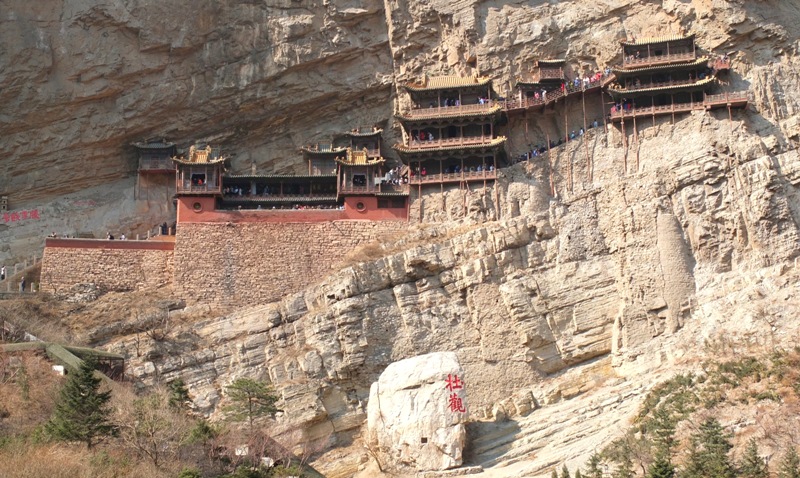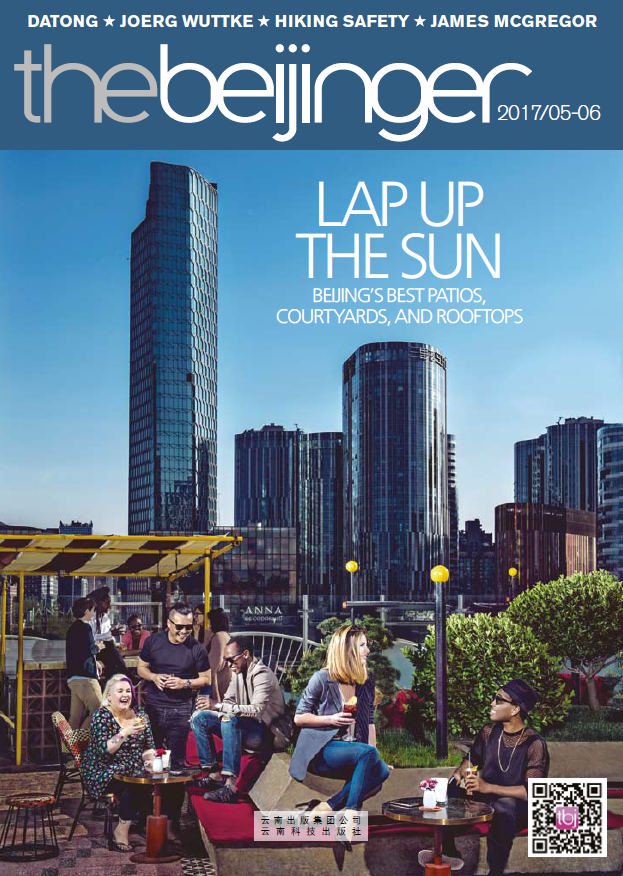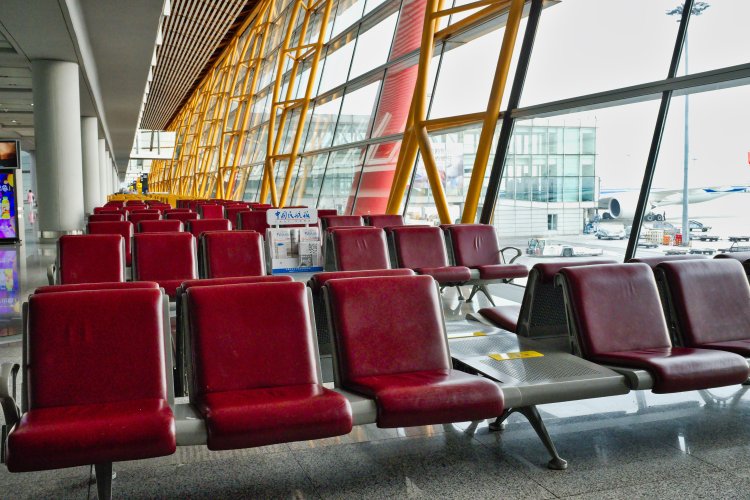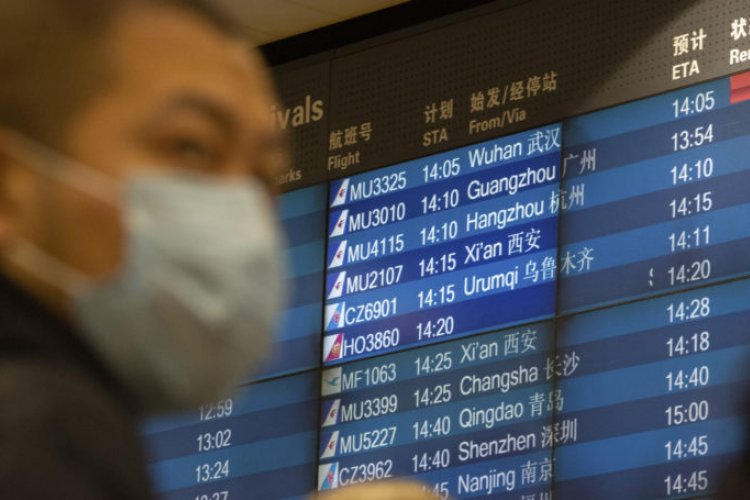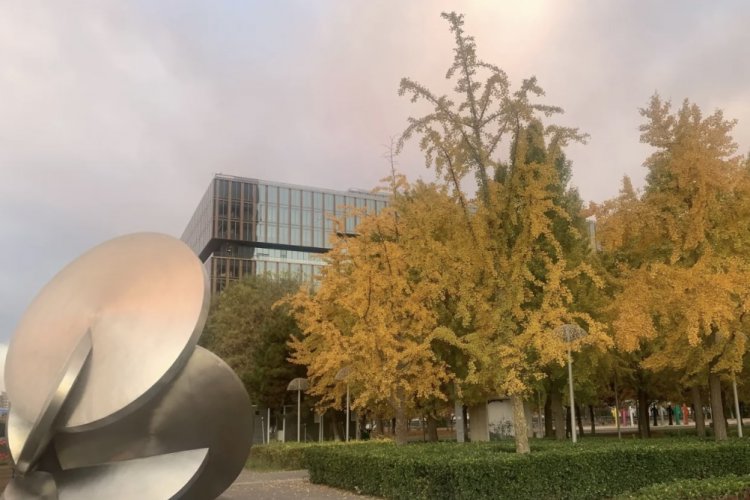Datong: A Historical City in Flux Worthy of a Weekender
Located an hour’s flight or a 4.5-hour bus ride west of Beijing and bordering Inner Mongolia, Shanxi province’s city of Datong is, putting it bluntly, a hard city to like. Without its numerous center-city temples and historical sites dotted around the perimeter it would most likely be entirely unremarkable save for its more modern designation as China’s “coal capital.” That latter title has also unfortunately afforded the city its fair share of pollution, a factor that is made worse on the ground by the immense construction that has suffocated the city over the past few years. The dust that swirls even throughout Datong’s shiniest districts is born from the city’s previous mayor’s resolute pledge to rebuild the city center from scratch, resurrecting relics of the past and leaving 40,000 displaced households in its wake. Now that he’s gone, the construction slowly drags on.
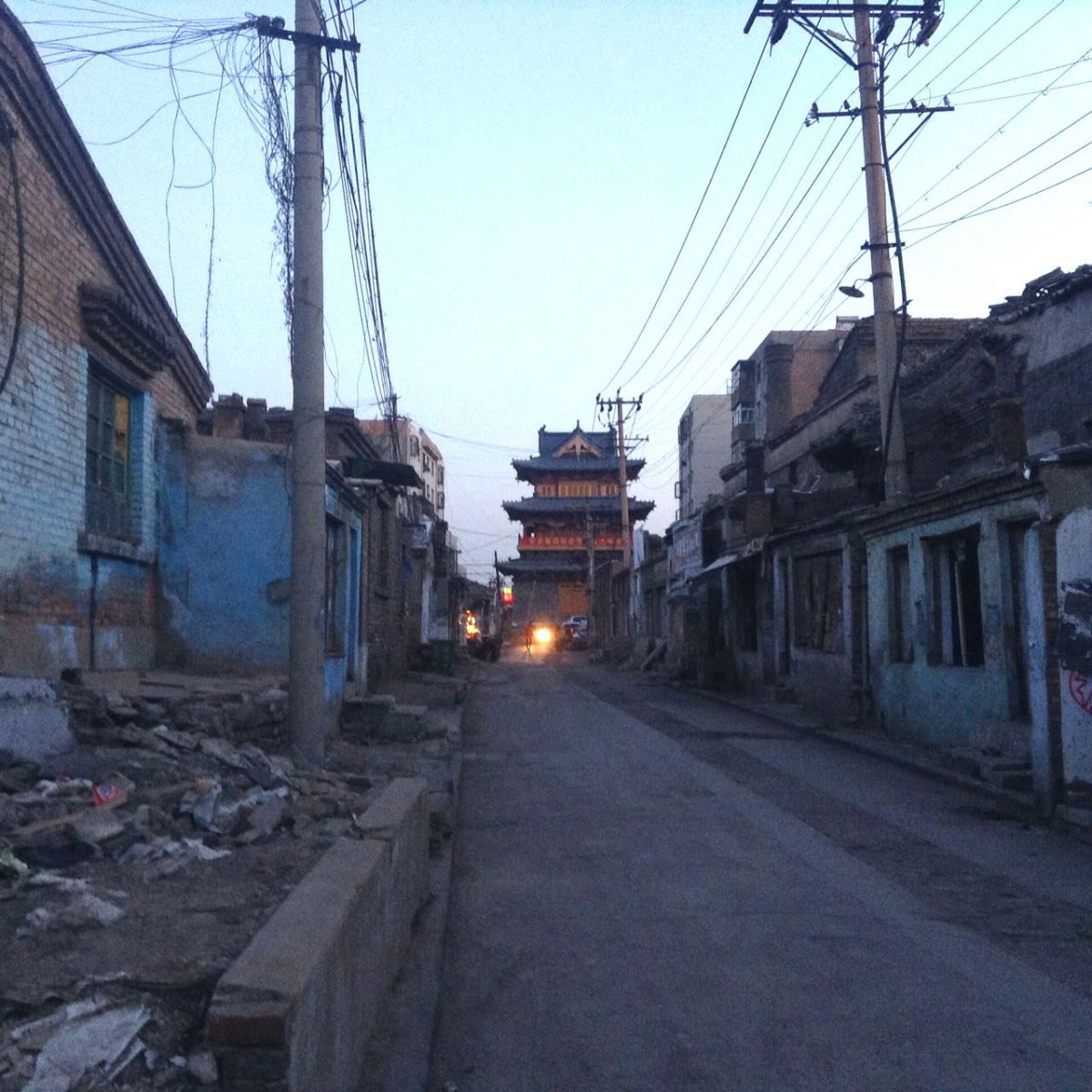
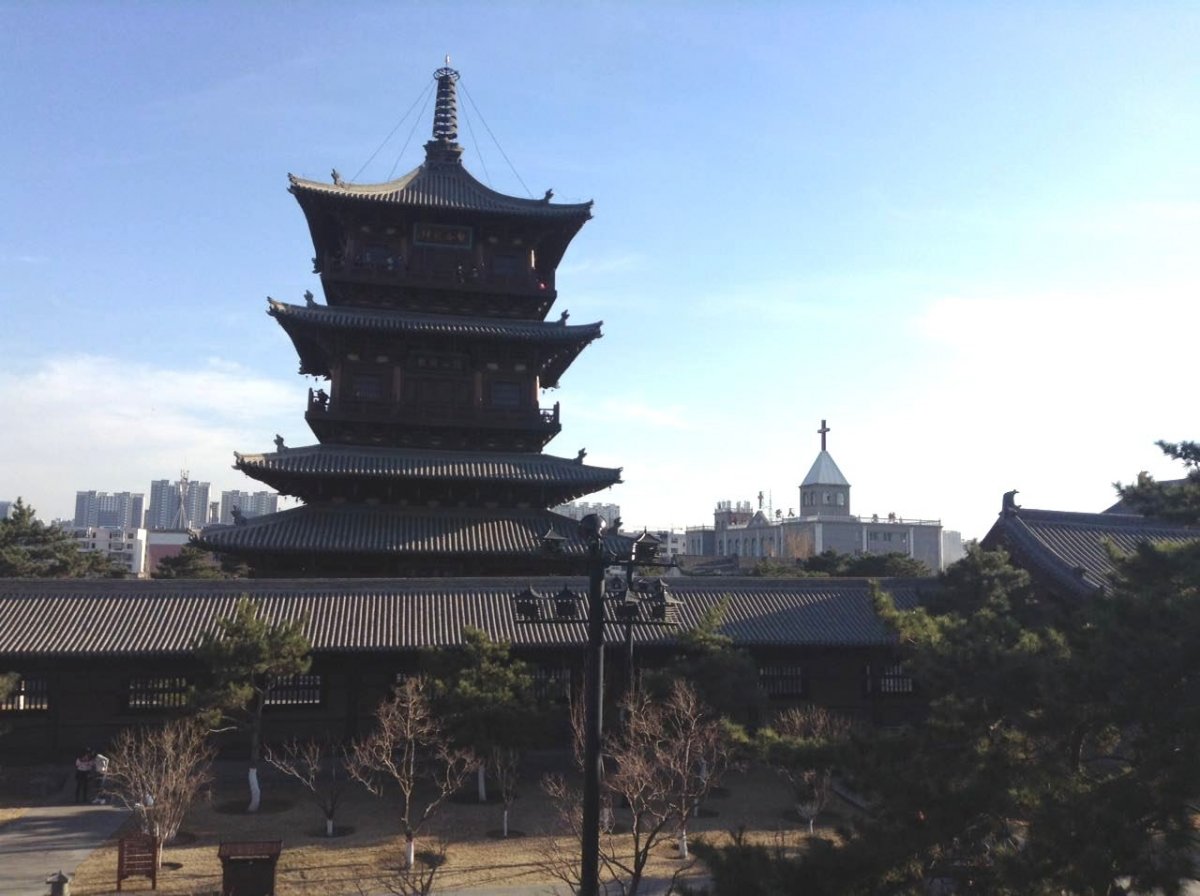
That being said, Datong’s proximity to Beijing and its rich historical importance to China as a whole make it an easy, if not particularly luxurious, destination for a weekend jaunt. Entering the city, the first of many ersatz sights to behold is the newly built city wall, a massive and foreboding structure that follows the path of its Ming dynasty counterpart, circumscribing a modest area of just over 3 square kilometers and making it almost always visible from anywhere in the city center (dust permitting). The Mickey Mouse old town, which is slowly enveloping the south and west sections of the city at the expense of the once lived-in charm of the now empty and crumbling hutongs, is home to Huayan Temple, one of the more impressive of the city center’s dozen or so sights. Originally built in 1038 during the Liao dynasty, the sprawling complex boasts the biggest Buddhist hall of its time and is suitably decorated in brilliant and ornate murals. From here you can also climb the accompanying wooden pagoda and get a decent view of the surrounding demolition.
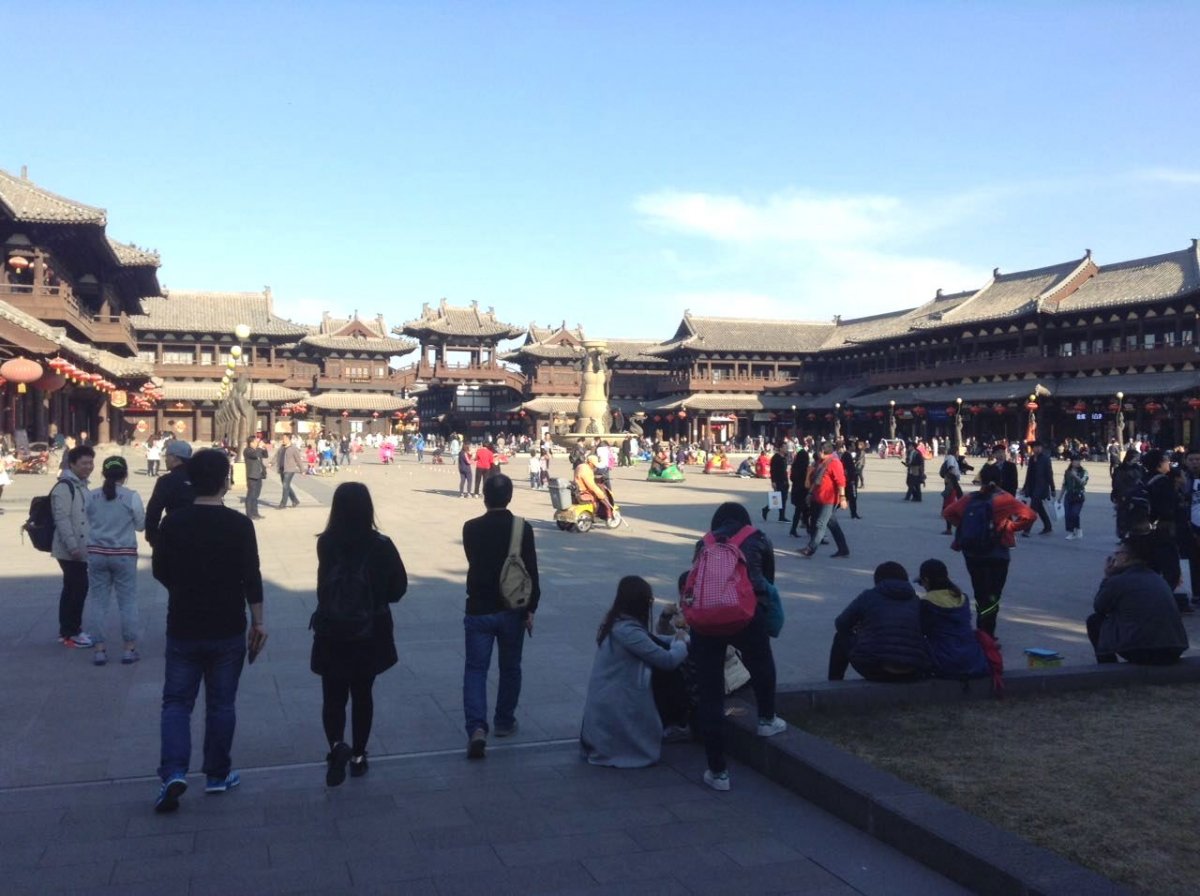
However, it’s outside the city where Datong’s most famous historical destinations lie – the Hanging Monastery and the Yungang Grottoes (RMB 125 each) – and can be tackled via a private driver in a day. The Hanging Monastery is a 1.5-hour drive southwest of downtown and is remarkable for its location: perched precariously on the side of a mountain. Built in 491, the temple has undergone extensive renovation, with apparent exception to the splintering stilts that support it, giving extra cause for buckling knees as you make your way around its teetering confines in single file formation. When you’re not admiring the view, there are 40 cubbies of varying sizes to peek into, displaying Buddhist reliefs, figures, and complex wooden overhangs.
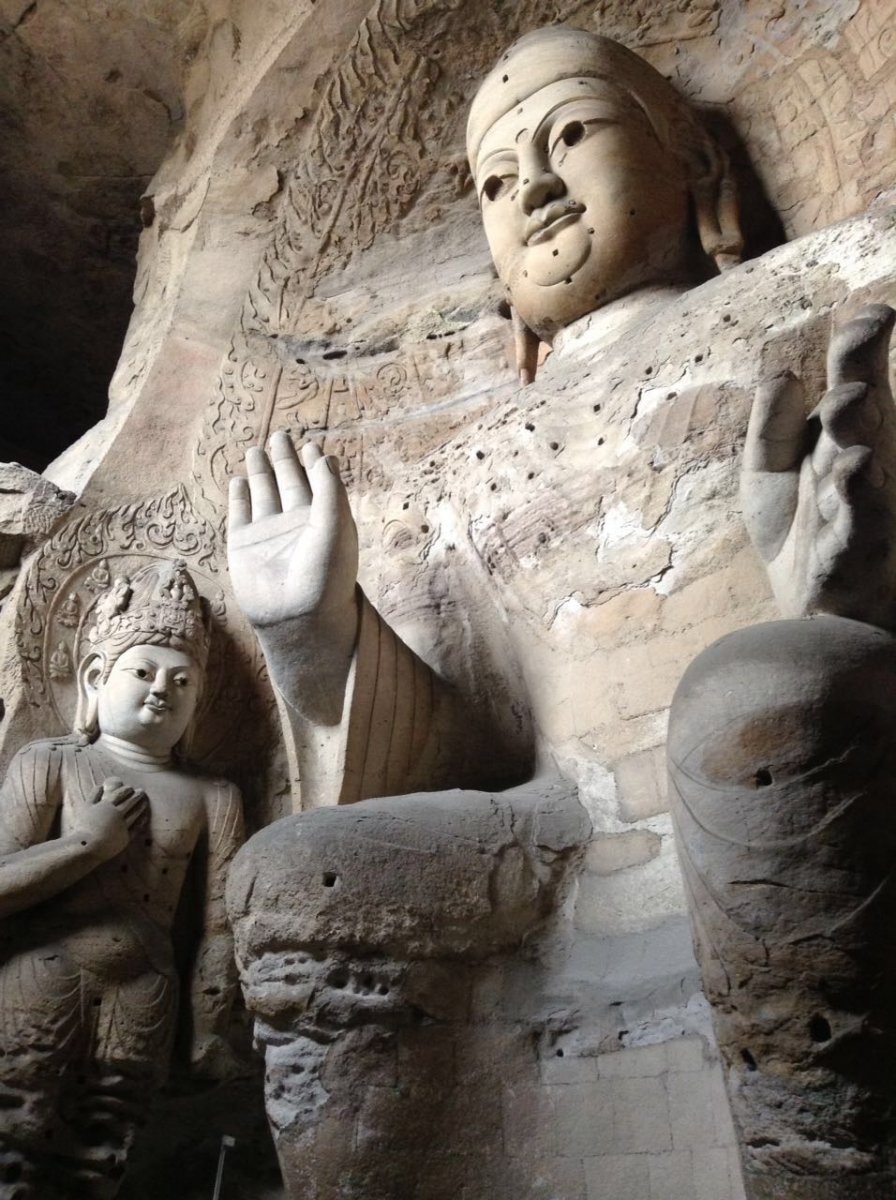
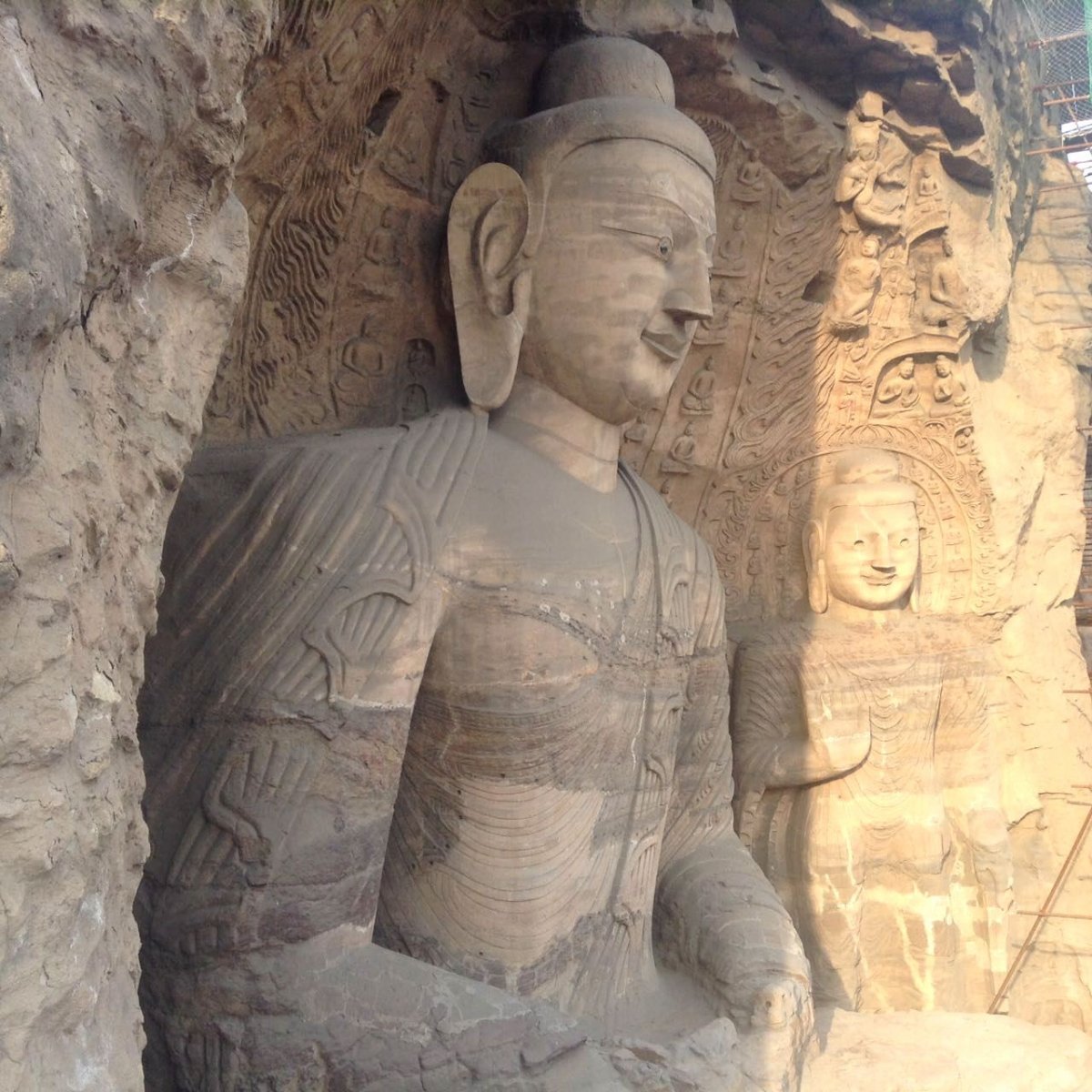
Moving back towards the city, the Yungang Grottoes, built around the mid-5th century, are made up of 20 stunning larger caves, each decked out with as many as hundreds of Bodhisattvas or, like the largest, just one imposing 20-meter-tall Buddha carved directly into the rock. Several of the painted caves have retained their salmon hue, while others have been unable to escape the infectious need for reconstruction and are reemerging as smooth 21st century imaginings of what they once were.
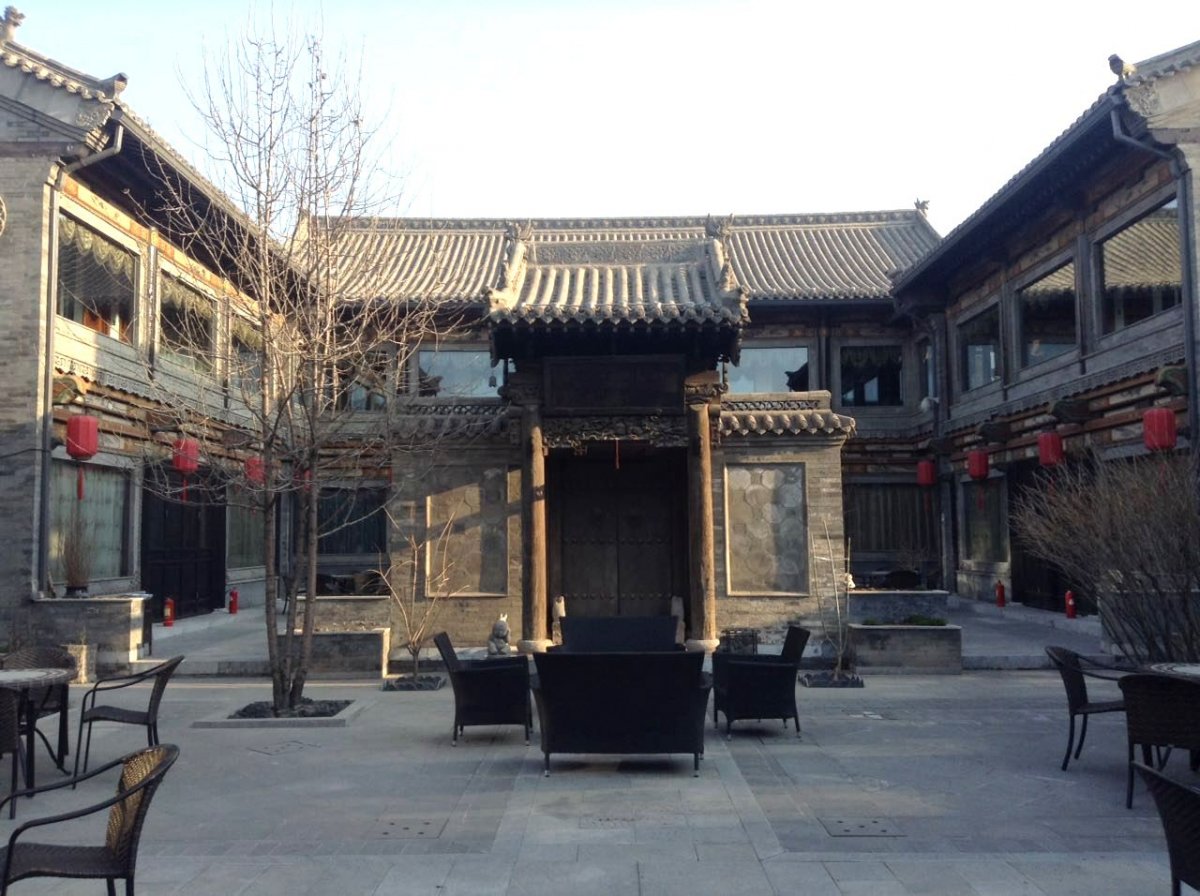
In terms of accommodation, there are plenty of hostels dotted throughout the new-old town. However if you’re looking for a lavish stay, then the newly built Yunzhong Inn is a diamond in the rough, offering pristine and boutique rooms (breakfast included) across a traditional courtyard, making for a serene escape from the surrounding clamor. Just north of the hotel sits the city’s Drum Tower and a plethora of restaurants where you can relish a comforting bowl of one of Shanxi’s most notable foods: daoshaomian, or knife cut noodles.
READ: A World Close but Unknown: One Man’s Mission to Explore Xicheng’s Sights in Two Days
Datong may encompass everything wearisome about China’s uncompromising road to development but a mixture of historical importance and ease of access makes it at least worthy of consideration if you have a couple of days to kill. The construction has to end at some point, and who knows, the city may have completed its transformation by the time you visit.
More stories by this author here.
Email: tomarnstein@thebeijinger.com
WeChat: tenglish_
Photos: Tom Arnstein
Related stories :
Comments
New comments are displayed first.Comments
![]() WaqarOptimist
Submitted by Guest on Sat, 06/03/2017 - 01:05 Permalink
WaqarOptimist
Submitted by Guest on Sat, 06/03/2017 - 01:05 Permalink
Re: Datong: A Historical City in Flux Worthy of a Weekender
Awesom article Mr. Tom. I read your articles regularly and love your writing style.
Validate your mobile phone number to post comments.

